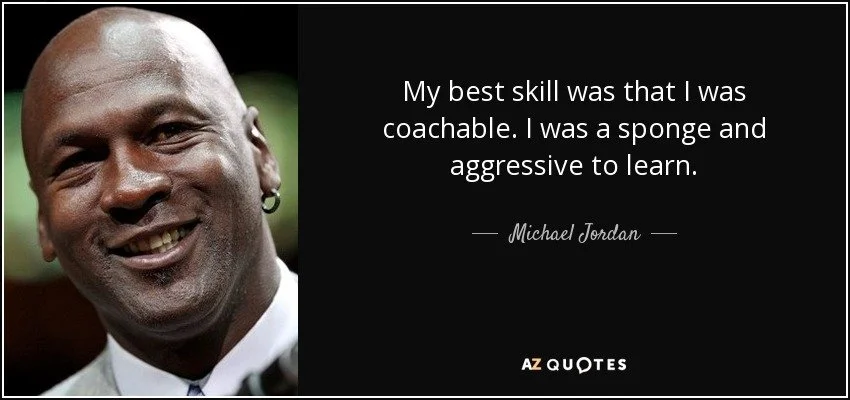When you start to look at the group of people as a system, which you can imagine as looking down on the team from a very high distance, the particular issues and problems are not so important from that point of view. You are focusing on the linkage among the people instead of individual persons or their problems.
From such a viewpoint, this System Rule – Everyone is right but only partially – is extremely helpful. It helps you to coach the system and not allow yourself to take sides. Moreover, every system is intelligent by itself. It will tell you if there is something wrong. And your entire job as a System Coach is to listen for those signals and reveal them back to the system so that the system can react and possibly solve the issue or improve itself. You are not here to solve it for them, you are there to help them straighten and strengthen their relationship so they can work towards the resolution.
From the website page: The Synergies between ORSC™ and Agile Coaching.
Everyone is Right, but only Partially
I learned this principle or idea when I took my CRR Global ORSC coaching series a few years ago. I use it in several ways—
First, I use it on myself when I’m feeling particularly “know-it-all-y” as a coach. I remind myself that even if I’m right about something, I’m only partially right. It helps to keep me grounded, humble, and in service to my clients.
It also helps remind me to take a systems view when coaching. You see, I believe all coaching is about the system. Yes, individuals matter, but we are all parts of various systems. So, I continuously try to keep the system in view when coaching individuals.
I find it most useful when the system is the hottest. That is, in emotionally charged positional exchanges. It helps to remind everyone that we are all right AND wrong. So, let’s lean into empathy to understand each other better and fly higher to look at the overall system.
Another Example, November 2023
I often write posts in advance, and this one has been in the queue waiting for months. I guess the universe had a hand in this because I saw the following interaction on LinkedIn just yesterday—
Huy Nguyen said—
I came across a post today from a supposed "expert" that didn't list Impediment Removal as a key Scrum Master responsibility today. What are we people doing here?
As Agilists, we're all part of impediment removal - even Agile Coaches. If you want to show your value, you should be able to list all the impediments you were able to surface as well as those you helped to eliminate.
Coaching skills and whatnot are only in support of this - the creation and expansion of flow.
and Alan Dayley followed up with this—
It is easy to experience something that works for us, decide on the one or two things that made it work, tell people that it worked and then tell people they are wrong if they disagree.
These hot takes or blanket statements about what Agile is or is not, what a role does or does not tend to be like this. We argue as if we are right and the other is wrong. In reality, the other is also right, from their experience and thinking, while we are also partly wrong.Maybe this brief post will explain better: https://www.linkedin.com/posts/alandd_we-create-rules-within-our-context-if-successful-activity-7130360724794540034-XfcX
and it struck me as an excellent example of everyone being right, but only partially. The exchange goes on for a bit with a variety of comments. But the point is both Huy and Alan are right, and they are wrong. And there is something powerful for them, me, and all of us to realize by adopting that perspective in everything we do.
Wrapping Up
Another rule I learned from ORSC is the 2% Truth Rule, which states that we should seek to find the 2% Truth in all feedback we receive. It’s another view that helps me to cut thru my triggers and defensiveness to digest feedback effectively.
I find both of these to be useful in my growth journey, and I thought I’d share them with you.
Stay agile my friends,
Bob.








